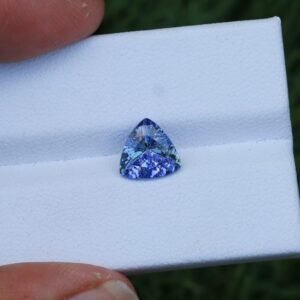The violet, purple to almost pink variety of quartz is called amethyst, an ancient name derived from the Greek a- méthystos, meaning “not drunken,” as it was believed to protect those who wore it from drunkenness. lt is the most highly prized variety of quartz.
Appearance The typical color is a rich, violet-purple, often distributed in patches or bands. It can also be quite pale, but is generally the same basic color, without any overtones. lt is given both oval and drop mixed cuts. step cuts, and other types of cuts used for colored stones Specimens of good color but with too many inclusions are cut en cabochon. Stones of 10 or so carats in weight are often found and even larger ones are not rare. Amethyst normally has good luster and transparency. Well—formed, characteristically colored groups of crystals (geodes and druses)’are even used in their natural state as ornaments.
dallas cowboy shop
adidas adilette 22 stockx
ja morant jersey original
durex skin feel
zion nike jordan
nike air max 270 women’s
nike air max 270 women’s sale
grey curly wig
jerseys for sale
zion nike jordan
jersey soccer custom
adidas juventus 22 23
sex toy stores
lace front wigs
durex skin feel
Distinctive features The distribution of the color, In striking patches and bands, is characteristic. When the stones contain inclusions, a series of discontinuous, wavy parallel lines, visible with a lens, indicates that they are certainly amethyst.
As with nearly all quartzes, the interference figure has a distinctive profile, which usually makes identification immediate. Quartz may resemble some violet synthetic corundum, but the latter turns reddish in strong artificial light or full sunlight. Amethyst can also look vaguely similar to violet cordierite, which also has a strong, distinctive pleochroism. The much rarer violet scapolite may look quite similar, and its physical characteristics are almost the same as those of quartz. Therefore they can only be dlstinguished by an expert.
Occurrence The finest amethysts come (in great quantities) from Brazil and neighboring Uruguay, from the United States, Madagascar, and the Soviet Union, India, Australia, South Africa, and many other countries.
Value A few centuries ago, deep-colored amethyst was highly prized. Its value fell greatly with the discovery of the large Brazilian and Uruguayan deposits at the end of the nineteenth century. Now relegated to the status-of a secondary gem, its value is quite low.
Simulants and synthetics Amethyst was much imitated by colored glass in the past, when it was more costly. Nowadays,” despite the limited value of the natural stone, fair quantities of synthetic amethyst are produced, using the knowledge acquired in the production of synthetic quartz for technological purposes. The cost of the synthetic product is not much less than that of the natural gemstone.






























Leave a reply